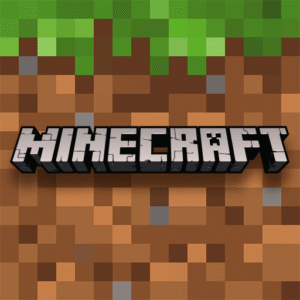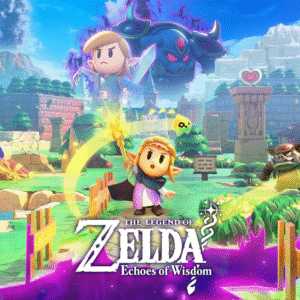Fields of Mistria: The Cozy Game That Dares to Innovate Beyond the ‘Stardew Clone’ Label
Popular Now
 Fall Guys
Fall Guys
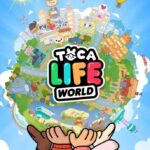 Toca Boca World
Toca Boca World
 Candy Crush Saga
Candy Crush Saga
 Black Myth: Wukong
Black Myth: Wukong
 Minecraft
Minecraft
 Fortnite
Fortnite
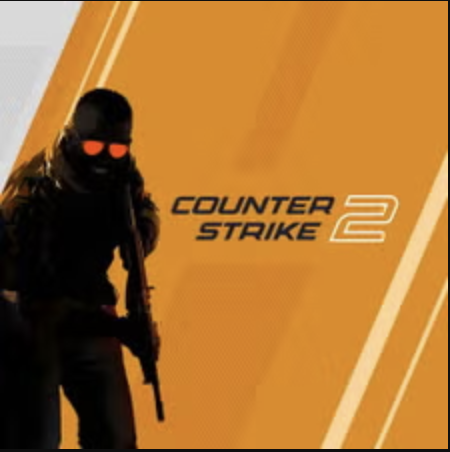 Counter-Strike 2
Counter-Strike 2
 Sonic the Hedgehog™ Classic
Sonic the Hedgehog™ Classic
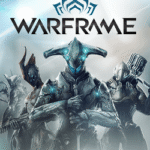 Warframe
Warframe
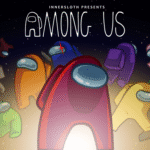 Among Us
Among Us
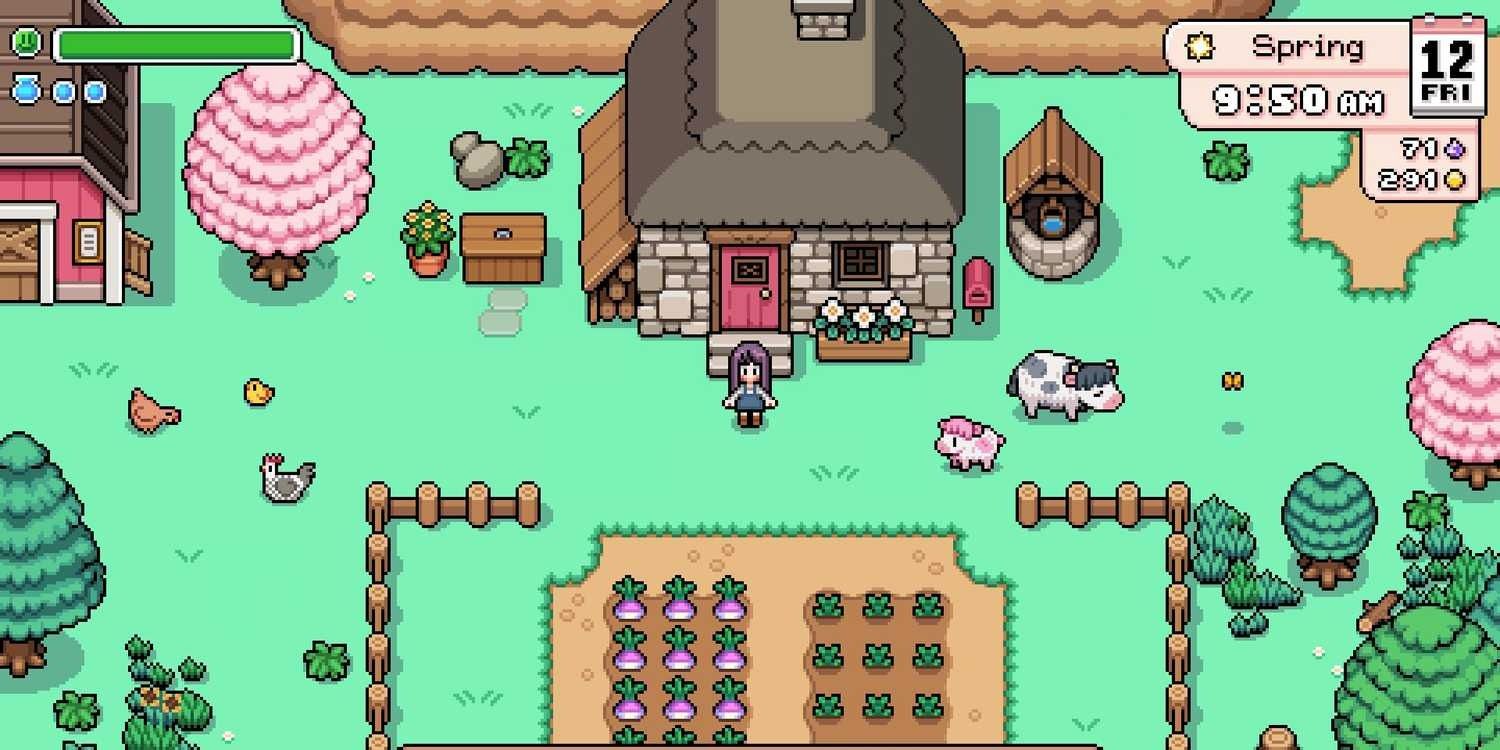
The farming simulation RPG genre has seen a massive resurgence, largely fueled by the enduring success of Stardew Valley. However, as the market matures, a new wave of games is emerging, aiming to not just replicate but innovate. One of the standout titles in Early Access is Fields of Mistria, a charming, pixel-art adventure that has captivated PC gaming audiences and is proving it can hold its own as a premium gaming experience.
Released into Early Access in August 2024, Fields of Mistria quickly garnered an “Overwhelmingly Positive” rating on Steam, a testament to its polished state and engaging feature set, even before the full 1.0 launch—currently projected for 2025. Developed by the small team at NPC Studio, the game blends classic farm-life tropes—like farming, dating, and mining—with a compelling fantasy twist and a deep emphasis on community.
Latest Update Review: NPC Studio’s Commitment to Community-Driven Development
NPC Studio has consistently proven its dedication to the community, releasing major content updates based on player feedback. The latest development cycle, including significant updates in late 2024 and earlier this year, has dramatically expanded the game’s scope and depth, solidifying its position as a must-play indie game.
- Expanded Romance and Social Dynamics: Recent patches have raised the Heart Level cap for romanceable NPCs, adding new six-heart and eight-heart events. This means more intricate character development and a deeper investment in the townspeople of Mistria, whose personalities and well-written dialogue are frequently praised as a high point of the game.
- Mounts and Quality-of-Life Improvements: A highly anticipated feature, rideable mounts, has been introduced, complete with mount-specific Skill Perks. This greatly improves traversal and addresses earlier community concerns about day length feeling too short. Other key additions like the “Sprinkler” and “Auto-petter” mechanics have streamlined the farming process, allowing players more time for exploration and social activities—a critical enhancement for a life-sim.
- Dungeon and Skill Tree Expansion: For the hardcore gaming segment, the mines and dungeon areas have been expanded with new biomes and monsters. The skill system has seen its cap raised and new Tier 4 and 5 Skill Perks added, offering greater specialization and build variety, a feature often found in traditional RPG games but executed seamlessly within the cozy sim framework.
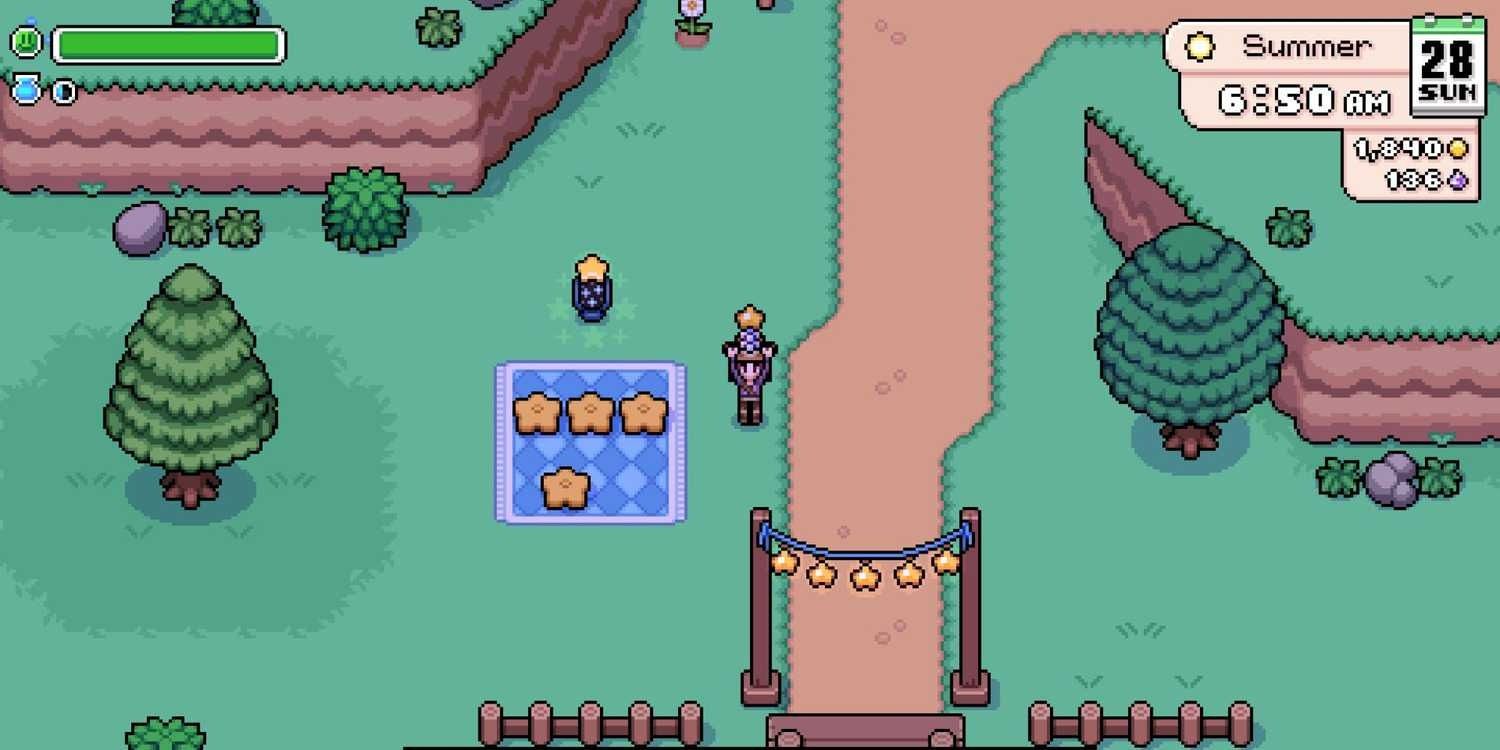 More Than Just Farming: The Magic and Mechanics of Mistria
More Than Just Farming: The Magic and Mechanics of Mistria
While the shadow of Stardew Valley looms large over all new farming sims, Fields of Mistria differentiates itself with a few core mechanics and aesthetic choices that elevate the experience.
A Nostalgic, Yet Unique, Art Style
The game employs a beautiful, high-quality pixel art style that draws heavily on 90s-era anime, giving it a distinctive visual charm. The character portraits are expressive, and the world itself—recovering from a devastating earthquake—feels lived-in. This aesthetic choice is a strong selling point for players seeking a nostalgic feel that still looks modern.
The Central Role of Magic and Lore
Unlike many genre entries, Fields of Mistria integrates a unique magic system tied to the main storyline of restoring the town. Players will unlock various Spells to aid in farming, mining, and combat, which adds a compelling layer of progression. The deep, often complex lore surrounding ancient dragons, lost priestesses, and powerful artifacts gives the game a narrative backbone that pushes players beyond the daily grind of crop rotation.
A Focus on Community and Restoration
The central quest to rebuild Mistria is a major driver of the gameplay loop. Players use gathered resources and complete specific “Town Repair Quests” to unlock new areas, features, and vendors at the weekly Saturday Market. This mechanic provides a satisfying, tangible sense of progress that directly impacts the community, making the player feel genuinely essential to the town’s revival.
SEO and High-Value Keywords for Gaming News
For those monitoring high-performance digital content, Fields of Mistria presents an excellent opportunity, tapping into highly valuable search terms. While broader, high-CPC terms like “gaming PC” or “gaming laptop” are in a different league, the organic traffic value for a niche title of this quality is substantial. Core keywords to target include:
- Farming Simulation RPG: This genre term captures a high-intent audience.
- Best Cozy Games PC: Targets players looking for relaxing, high-quality experiences.
- Fields of Mistria Review: High-intent search for a product evaluation.
- Stardew Valley Alternative: Captures the audience looking to move beyond the classic.
- Early Access Game: Appeals to players interested in active development and shaping a game’s future.
Furthermore, in the context of hardware and performance gaming, mentioning the game’s excellent performance on portable devices like the Steam Deck is a valuable point of interest, aligning with searches for “best handheld gaming PC games.”
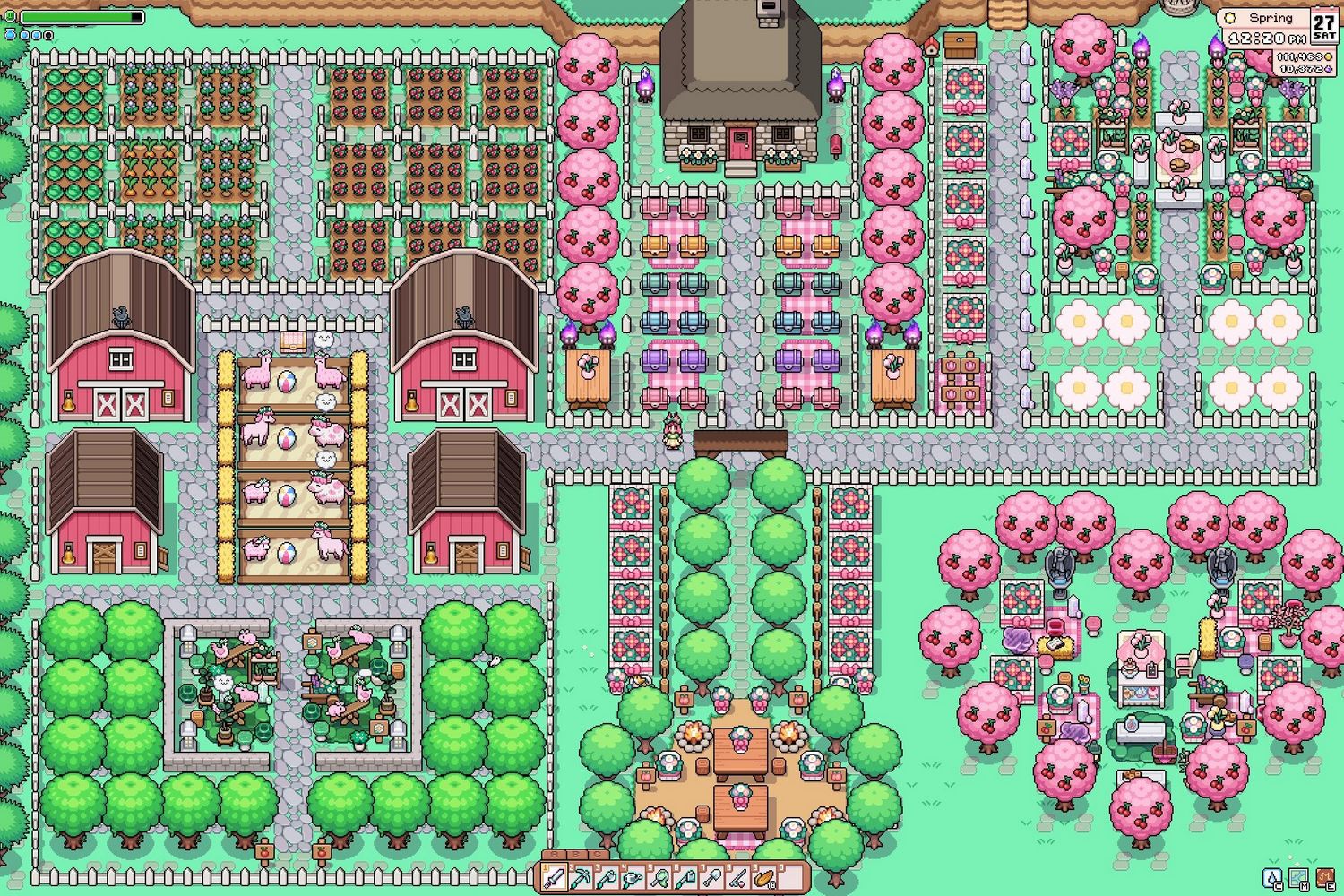 Final Verdict: A New Gold Standard for the Life-Sim Genre?
Final Verdict: A New Gold Standard for the Life-Sim Genre?
With its robust feature set, continuous developer support, and a captivating mix of nostalgia and innovation, Fields of Mistria is more than just a clone; it’s an evolution. The sheer amount of polished content already available—easily 50+ hours of gameplay—makes it an incredible investment even in its Early Access state. The charming characters, the satisfying progression of the skill tree, and the genuine sense of community make it a standout title for any fan of the farm-life sim genre. It truly establishes a new, higher standard by which future cozy games will be measured. Gamers looking for the next great life-sim adventure need look no further—Mistria is waiting.
What innovative features in a farming sim do you find most appealing—the magic system, the community focus, or the deep skill progression?


